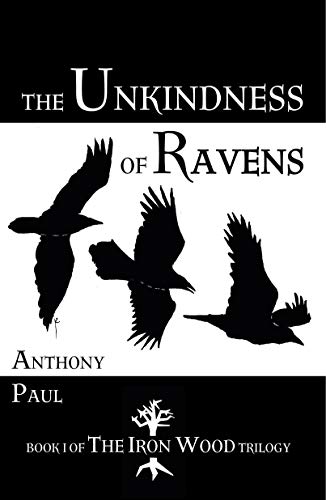Hamlet by William Shakespeare
Page 2 of 12 - 1 2 3 4 5 6 7 8 9 10 11 12 Purchase full notes for £4.95 (aprox $7.72)
Here is the traditional memento mori , which any of Shakespeare’s contemporaries would have found immediately familiar. We should remember our death and be prepared for the ‘euerlasting Iudge’ and the discovery of whether we will be ‘happy’ or ‘damn’d.’ What Hamlet evokes for the audience in the later text (the one that is indisputably by Shakespeare) is very different:
And, rather obviously, it is this that gives Hamlet ‘pause.’ This is, he feels, the essential cause of his delay, and his soliloquy in Act Three is his honest recognition of this fact. He has failed to avenge his father’s death, not because he is simply a ‘rogue and peasant slave’ (II.ii.550); he has not done so because he is afraid of dying in the attempt. This is such a crucial point for the understanding of Hamlet that it is a small tragedy in itself that many people still cling to the idea that ‘To be, or not to be’ is ‘about’ suicide. It is not. Far from sinking deeper into his melancholia, and wanting to escape through death (genuinely a theme of the first soliloquy, I.ii.129-159), Shakespeare wants the audience to see Hamlet as a man beginning to face the challenges that lie ahead. He has realised that the real question that is before him is a choice between inaction combined with survival , or action which leads almost inevitably to death – for to attempt an assassination of the king means exactly that. Until he faces up to this most likely outcome, he will remain too paralysed with fear to do anything. Shakespeare uses the grammatical technique of apposition to get this idea across: ‘To be’ is apposed with enduring ‘The slings and arrows of outrageous fortune’; ‘not to be’ is similarly apposed with taking ‘arms against a sea of troubles.’ A moment's reflection will reveal that to read otherwise does unnecessary violence to the syntax of the first five lines of the soliloquy .
To die, to sleep –
To sleep, perchance to dream – ay, there’s the rub,
For in that sleep of death what dreams may come,
When we have shuffled off this mortal coil,
Must give us pause; (III.i.63-7)
And, rather obviously, it is this that gives Hamlet ‘pause.’ This is, he feels, the essential cause of his delay, and his soliloquy in Act Three is his honest recognition of this fact. He has failed to avenge his father’s death, not because he is simply a ‘rogue and peasant slave’ (II.ii.550); he has not done so because he is afraid of dying in the attempt. This is such a crucial point for the understanding of Hamlet that it is a small tragedy in itself that many people still cling to the idea that ‘To be, or not to be’ is ‘about’ suicide. It is not. Far from sinking deeper into his melancholia, and wanting to escape through death (genuinely a theme of the first soliloquy, I.ii.129-159), Shakespeare wants the audience to see Hamlet as a man beginning to face the challenges that lie ahead. He has realised that the real question that is before him is a choice between inaction combined with survival , or action which leads almost inevitably to death – for to attempt an assassination of the king means exactly that. Until he faces up to this most likely outcome, he will remain too paralysed with fear to do anything. Shakespeare uses the grammatical technique of apposition to get this idea across: ‘To be’ is apposed with enduring ‘The slings and arrows of outrageous fortune’; ‘not to be’ is similarly apposed with taking ‘arms against a sea of troubles.’ A moment's reflection will reveal that to read otherwise does unnecessary violence to the syntax of the first five lines of the soliloquy .

